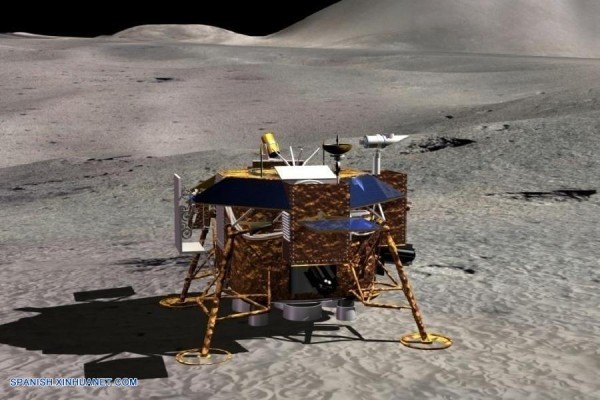China continues its exploration of the moon's surface as it scheduled the launching of a lunar probe, the second stage of the country's three-stage lunar exploration, in early December, state-media reported.
The unmanned lunar exploration will be carried out by Chang'e-3, named after a Chinese lunar goddess, which will be blasted into space within the first 10 days of December, the state-media China Daily reported.
The Chang'e-3 satellite and its carrier are now awaiting deployment in Xichang city of Sichuan province, the State Administration of Science, Technology and Industry for National Defense said in Beijing.
Chang'e-3 will be carrying a special, high-tech moon rover that will be tasked to collect lunar soil and stone samples. The lunar probe is expected to hit soft landing on the moon's surface.
Zhao Xiaojin of the China Aerospace Science and Technology Corporation said the rover has two wings, stands on six wheels, and weighs 140 kilograms. It will harness the power of the sun as its energy source.
“The rover will select the site to land on the moon and make a soft touch down on the surface. It will use optical and microwave sensors to ensure a gentle touch down and avoid rocks and craters,” Zhao said.
Zhao said China will use all the data collected by the rover to directly and accurately understand the moon and its surface. Scientists expect the rover to collect 3D images and infrared spectrums. It is also expected to conduct lunar soil analysis.
The special rover will patrol the moon for about three months. It comes equipped with several high-tech detectors and data gathering tools, including a panoramic camera and radar devices.
The December lunar mission is part of the country's three-stage lunar exploration. Chinese space scientists expect the three-stage lunar exploration to be completed by 2020.


